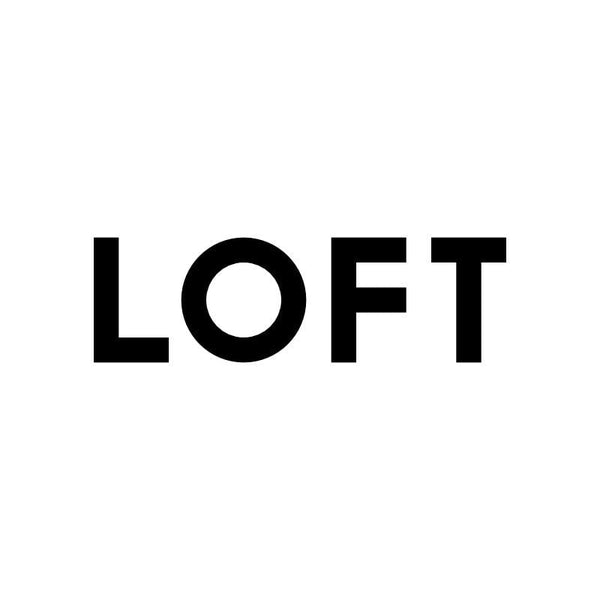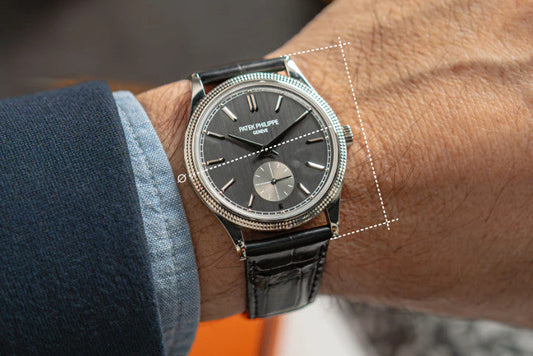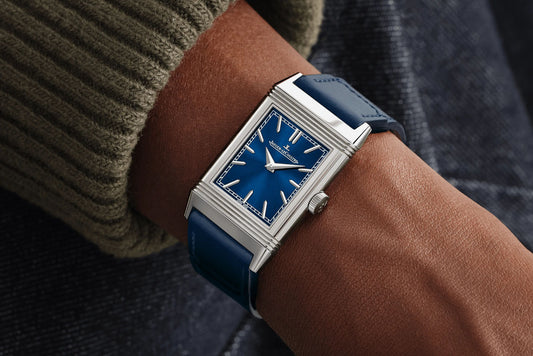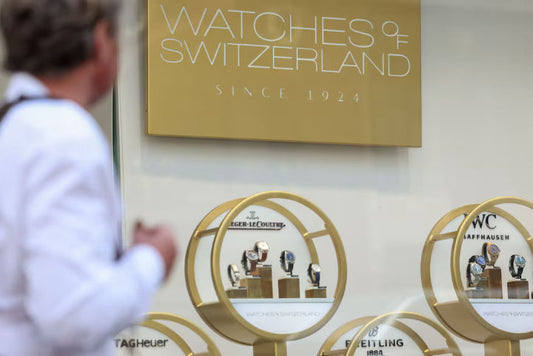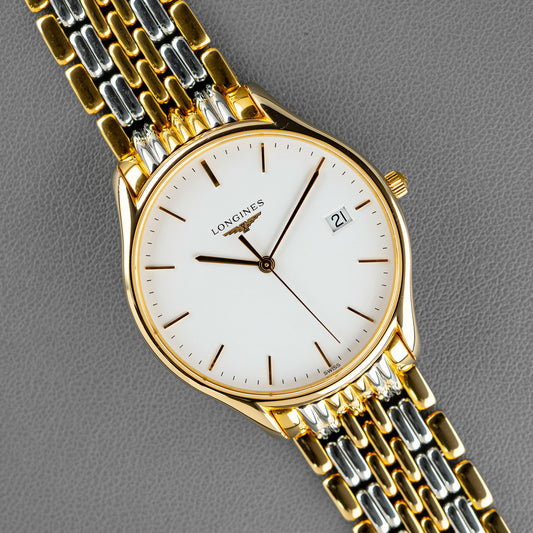Our look at the state of the industry
Daniel PintoMorgan Stanley, as it does every year, published its annual report with sales estimates by brand for the Swiss watch industry. Note that we're talking about estimates here, not actual figures, as none of the companies share their actual figures, a very Swiss practice and typical of this industry where everything happens in the dark and while no one is looking.
Since we have no way of obtaining 100% accurate data, each year we take the calculations from the good folks at Morgan and elevate them to the level of a sacred tome to uncover the year's big winners, losers, and surprises. Almost like magic, the trends one observes when speaking with clients and participating in the market throughout the year generally coincide with what is reflected in the numbers, a sort of confirmation that those of us who follow this industry closely can identify who is doing well and who is not generating value for their clients.
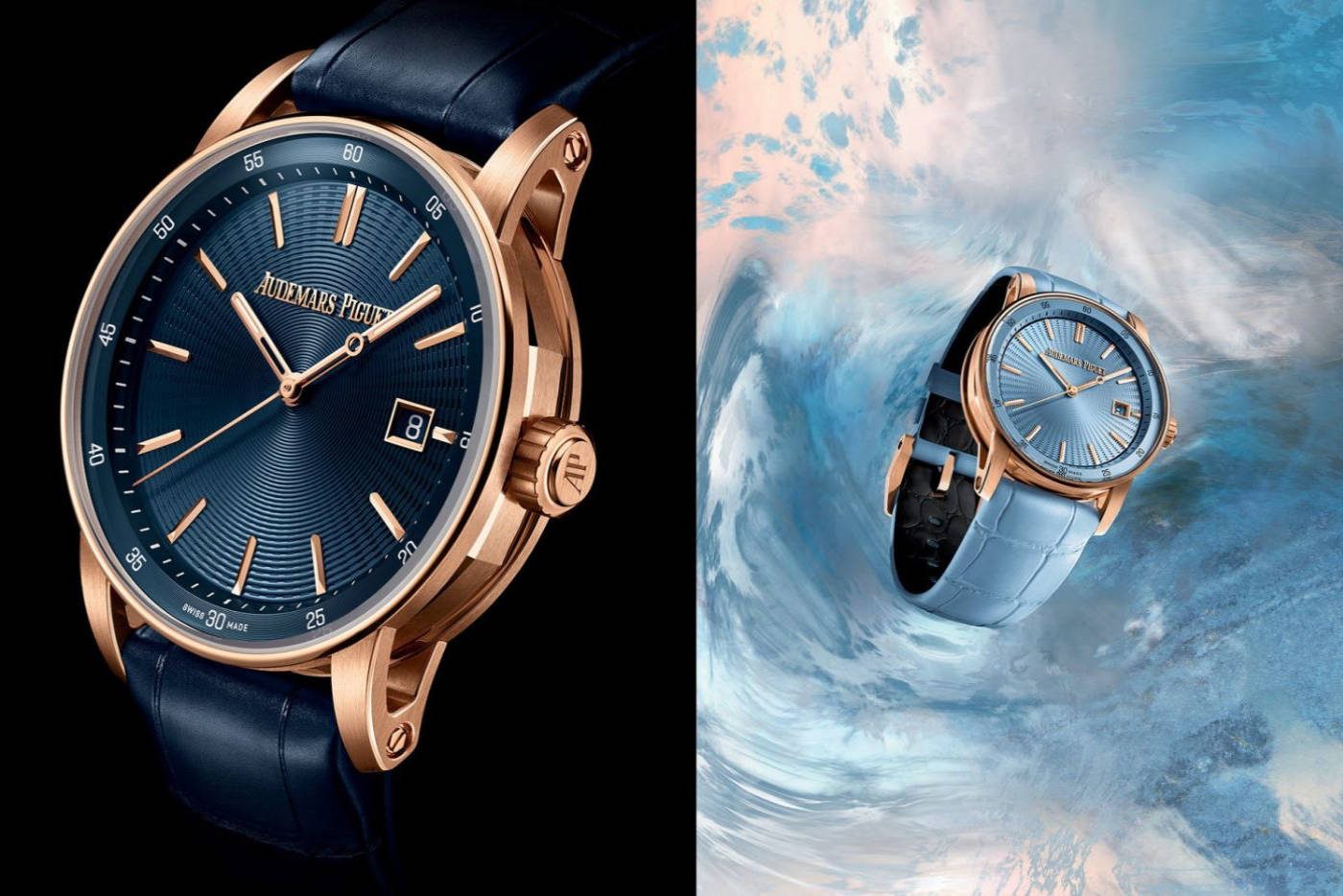
Now for the fun part. Overall, it was an excellent year for the industry, with total growth of over 5%, but that figure hides a reality where some brands truly exploded and others are slipping off the edge of relevance. Even so, few retail industries can boast of continuing to grow year after year in the face of such a turbulent global economic and political landscape.
This brings us to the first conclusion: interest in luxury watches continues to grow healthily. Social media and pop culture have permeated the industry, opening it up to a new generation of consumers seeking "likes" through their luxury purchases.
This brings us to the second conclusion: the algorithm affects sales. The brands we typically see on Instagram and TikTok—namely, Rolex, Patek, AP, and Richard Mille—are the ones that have consistently gained market share over the past decade. Hyped brands have benefited from this disproportionate visibility on our smartphones, and are now reaping the rewards of that “fortune.” Today, the ability to generate buzz on social media is just as important as product strategy.

This brings us to the third conclusion: the market rewards those who deliver outstanding products. Although brands sometimes seem to think otherwise, consumers aren't mindless monkeys who buy any junk that comes their way if it has a "Tiffany" dial. Collectors demonstrated this year that they reward brands that know how to deliver a product that takes their preferences into account, offers something different from the competition, and is priced below its perceived value. The best examples, in three different price segments, are the MoonSwatch, the Tissot PRX, and the Vacheron 222. Three products that collectors recognized as innovative, full of substance, and with a compelling value proposition. Three products that were responsible for the great year each of their manufacturers had, proving that sometimes you just need to focus all your efforts on one big project to be successful.
The big winners of the year
We can't begin any analysis without addressing the elephant in the room. After a year of brutal new releases and increased production, Rolex managed to surpass the 10 billion Swiss franc wholesale mark for the first time. That translates to more than 1,200,000 watches (for those who think Rolex is scarce) and a truly ridiculous market share of over 30%. In other words, today Rolex is bigger than Cartier, Omega, Patek, AP, and Richard Mille combined!
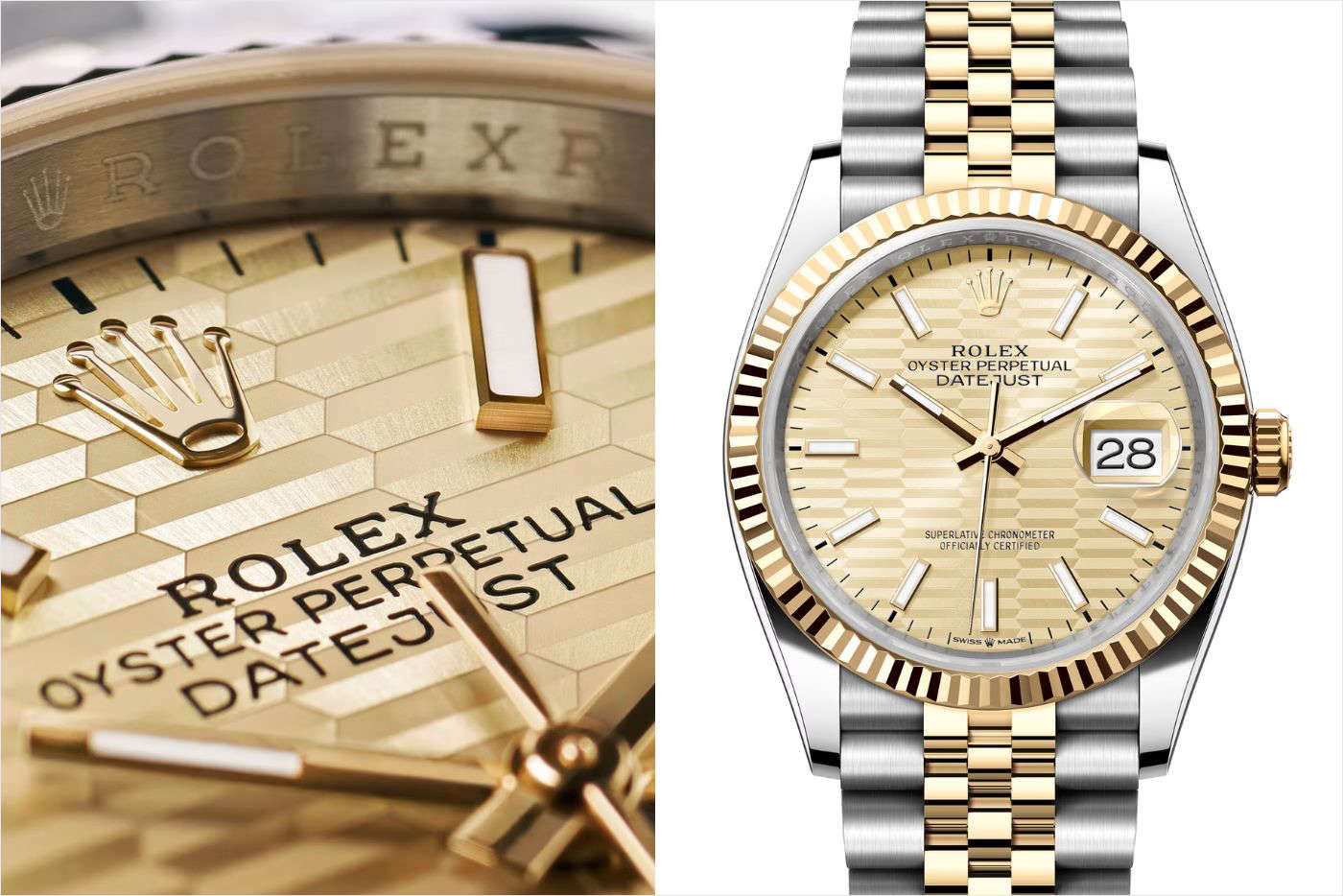
Another big winner of the year was Swatch, which rode the MoonSwatch wave to grow by more than 60% and re-enter the rankings for the first time in years. It's difficult to know if the momentum from MoonSwatch and its successors will be enough to sustain this pace, but we can say that the experiment worked. In fact, Omega reported good growth, and the original Moonwatch benefited from the visibility brought by its new, smaller cousin.
Another big winner, one that has been winning every year, is Breitling. Quietly, George Kern's influence is starting to show, and he's brought the brand back into the Top 10, climbing from 19th to 9th in less than 10 years. A blow to the skeptics who believed Kern was just marketing without substance. Breitling is enjoying a second wind, and we can only hope this momentum will lead it to revive the recently acquired Universal Geneve with the same mastery.
Vacheron was the star of the Richemont Group, and it managed to break into the Top 10, rising from 14th to 8th in just three years. We have to thank its highly successful 222, perhaps the best reissue of the decade, but also the constant innovation in its Overseas line, which brings new sizes and complications every year. Not bad for the oldest brand in the industry.

Among the top-of-the-line brands , Audemars Piguet remains a particularly curious case. While it relies almost exclusively on a single product line, the Royal Oak and Royal Oak Offshore, it continues to consistently outperform its competitors year after year, placing it in an expectable fourth place, despite having a very limited distribution and limited production. It has managed to charm major collectors with very high-value pieces, while also bringing pop personalities like Travis Scott and Jay-Z into its stable, allowing it to penetrate this younger demographic better than its competitors Patek and Vacheron.
Perhaps less visible to us more traditional collectors, but no less remarkable, is the veritable explosion experienced by haute couture brands. Those who have managed to deliver truly quality watchmaking, rather than just stamping logos, have seen their customers, often captive to the "Maison" and multi-category buyers, reward them by purchasing increasingly high-value pieces in larger quantities.
Coming in at number 16, Hermès watches are already outperforming most traditional Swiss brands (beating Panerai, for example). Chanel grew 45% in watches, no doubt supported by its incredible 2023 releases. Even Louis Vuitton, with a new CEO in charge, achieved incredible 25% growth, five times the industry average and proving that even if the press doesn't pay them much attention or credibility, these brands have their loyal customer base, and their boutique distribution network will allow them to continue to thrive in the years to come.
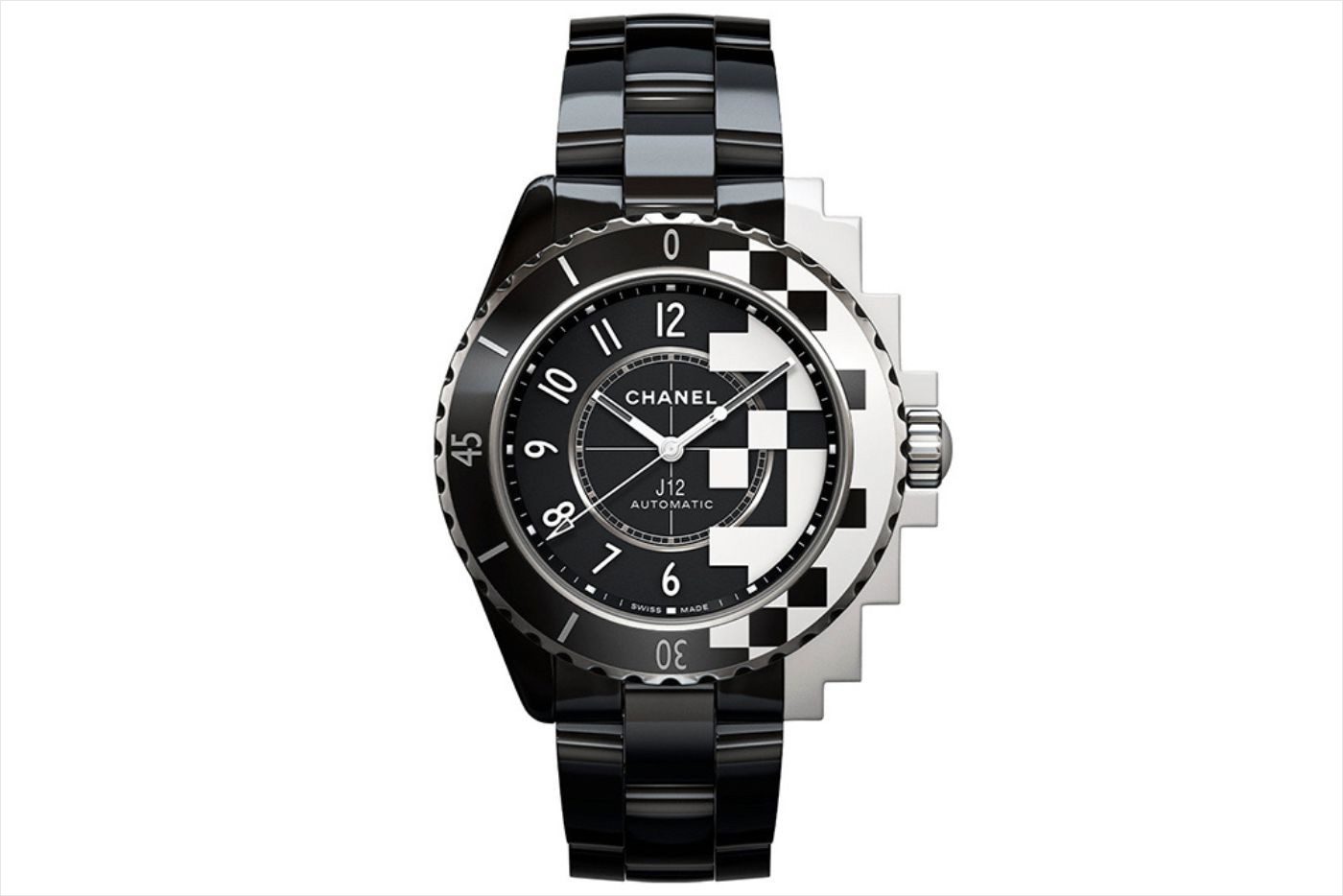
When it comes to choosing the losers, there are some figures that immediately jump out and confirm our feelings when looking at certain brands. For example, TAG Heuer, like most LVMH brands, continues to decline steadily. Without a true star product and hampered by intense competition in its price segment, the brand has fallen from 9th to 15th place in just a few years. The most worrying thing is that we don't see a clear strategy from Jean Arnault on how to revive interest in this brand, which has been losing its position as an expert in racing instruments and professional watches. Its LVMH stablemate, Bulgari, isn't doing so well either. While we all love the Octo Finissimo, it seems we're choosing more conventional styles when it comes to purchasing. The brand hasn't managed to take off despite the brilliance of its designers and its technical prowess. It seems to be liked, but not loved.
And speaking of love, does anyone know what's going on with Panerai? From being the darling of the industry to disappearing from the rankings in 10 years, the road has been painful for the Italian-Swiss house. Perhaps the Paneristi and their forums have migrated to other social media and other brands. Perhaps the change in consumer preferences and the trend toward offering smaller sizes hasn't sat well with the brand's military-led, alpha-male design ethos. The truth is, we feel the brand still has a loyal following, but needs to improve its marketing to showcase its history and designs to a younger audience. It may also be that, like IWC, the prices the brand intends to charge are not aligned with the perceived value of the product. It's difficult to justify a Luminor Submersible costing literally twice as much as a Tudor Pelagos. Consumers today are looking for value, and there are brands that need to better justify their prices, either with a superior product or a brand desirability that they simply don't have today.
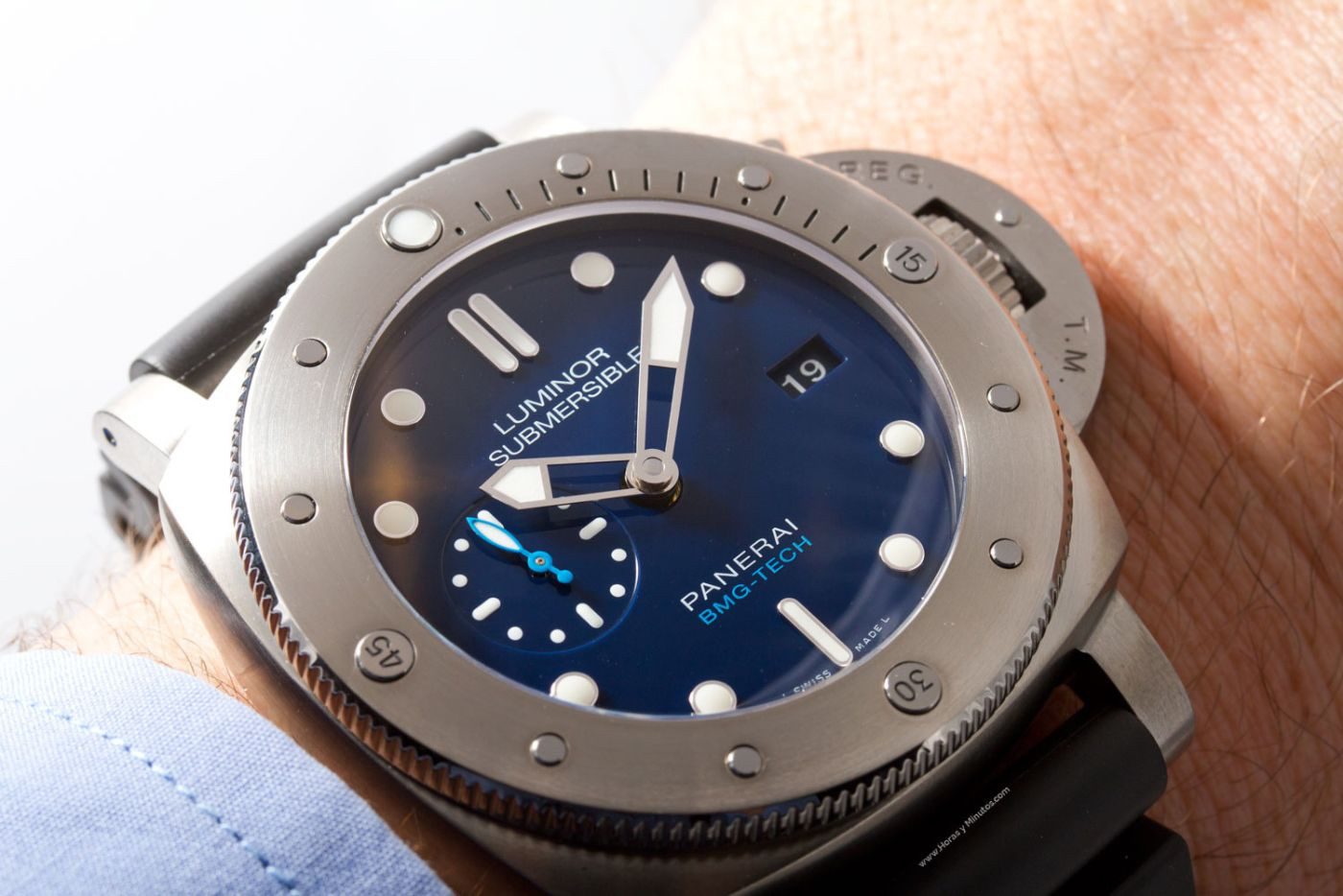
Finally, we want to dwell on our beloved but forgotten Breguet. How is it possible that the Swatch Group gives so much affection to Omega and so little attention to the brand of the most important watchmaker in history? It pains us to see Breguet continue to sink each year, trying to compete with brands that offer an inferior product but spend fortunes to position themselves as objects of desire. Meanwhile, Breguet continues to produce some of the most beautifully designed watches with the highest level of watchmaking that remain in its store windows for years. Perhaps we have to settle for the consolation that today it is possible to buy an incredible Breguet on the secondary market, with a unique design, authentic heritage, and technical prowess, for less than the cost of a Moonwatch.
https://www.youtube.com/watch?v=vaaqIT3gfbA